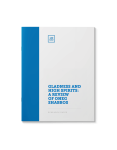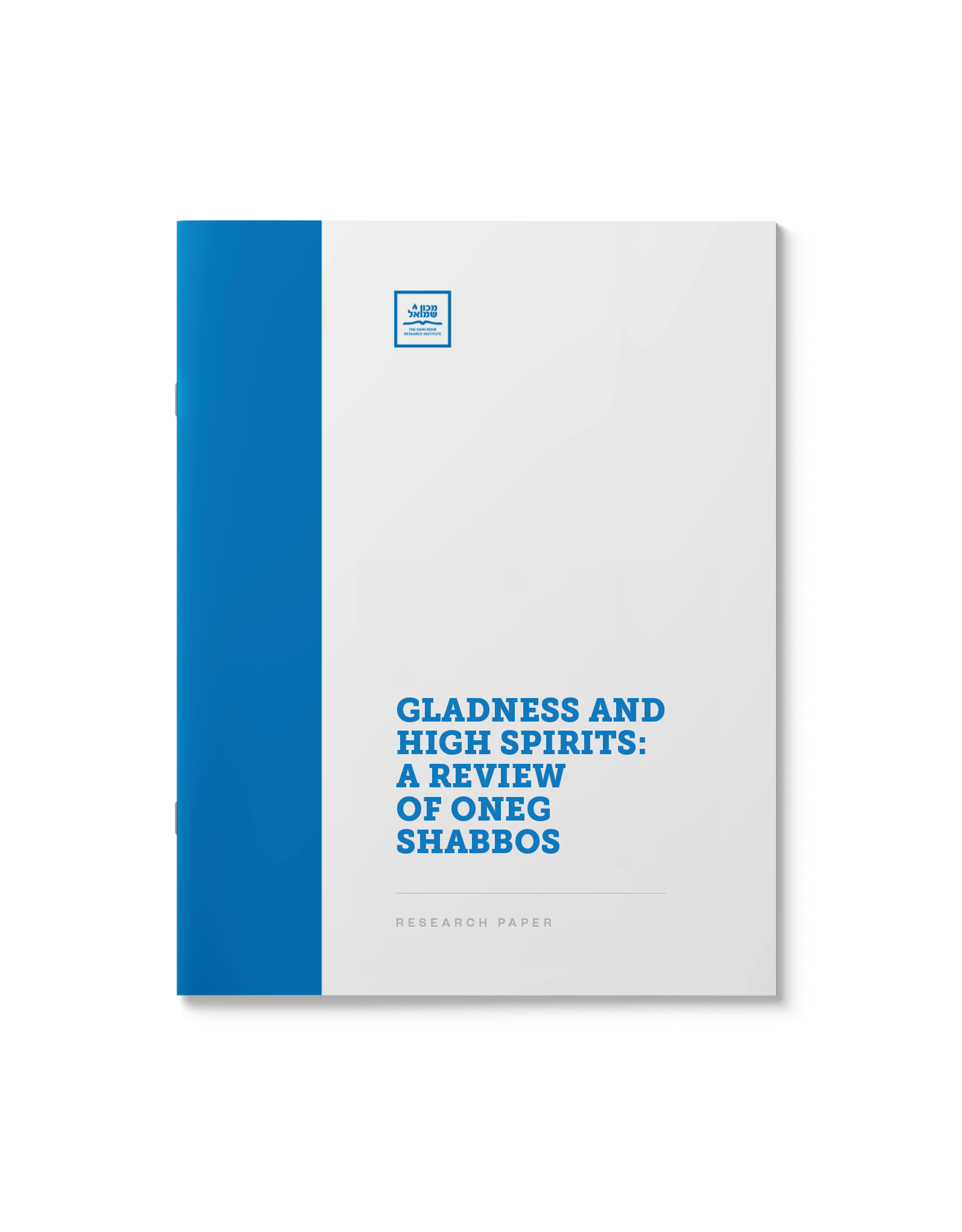Gladness and High Spirits: A Review of Oneg Shabbos
$39.00
This paper features a curricular overview of the mitzvah of experiencing Oneg Shabbos.
| Language | English |
|---|---|
| Paper Type | Research Paper |
| Pages | 8 |
Related Products
Shabbos is a day of physical delight and spiritual rejuvenation. Each of the Shabbos meals is designed with taste and splendor, which elevates the simple act of eating to being a Heavenly experience.
Of what mystical significance are the three halachically-mandated meals on Shabbos? How does Jewish mysticism transform our appreciation for the Shabbos in general, and our perception of the third Shabbos meal in particular?
The mandate to rest on Shabbos also precludes having work done for us by gentiles, under specific conditions.
May one send Priority, Express or 2nd Day Mail on Friday? What about ordering through Amazon Prime?
What may one say (or dictate) when scheduling shipping without violating Shabbos by proxy?
Further restricting an already slimmed down Pesach diet is not something anybody would eagerly embrace. But the Jews of medieval Ashkenazic communities adopted the stringency of avoiding the consumption of legumes throughout the duration of Pesach. The question is, why? How was this ban treated for the centuries that have since passed? Was it adhered to equally in times of prosperity and adversity?
Given that both Haman and ‘the Manna’ are spelled the same,
is there any deeper connection between the two?
Legend of a Cookie – The Purim cookie. Three corners, folded to swathe a filling. Supposedly it is named after the wicked Haman from the Purim story. How is this cookie reminiscent of the wicked Haman? (Sources)
One of the the central themes of Chanukah is Pirsumei Nisa, the public display and celebration of the holiday. Around the world, Menorah’s are kindled in Malls, at City Halls and all sorts of public places. May one recite the traditional blessing over the Chaukah lights if they are being lit in the city square and not in the privacy of one’s home or Shul?
“If not for the last minute, nothing would get done.”
The Mishna (Avot 5:6) lists a number of unique items created on that first Friday during Bein Ha-Shmashos (the twilight hour between shkia and tzeis hakochavim).
If our Shabbos observance — characterized by abstaining from creative labor — is to be a reflection of Hashem’s abstention from creation, why must we not engage in creative labor during Bein Ha-Shmashos?
Some fascinating perspectives culled from the Midrash, Kabalah and Chassidus.
בירור מקיף על מצות שופר ומשמעותם הפנימית של סוגי הקולות וסידורם לאור החסידות.
The Blowing of the Shofar: Reasons and Significance
This item features a summary
of halachic opinion regarding the use of Shabbos elevators and prepaid trains
and busses. It also surveys the halachic definition of creating “fire,”
and how poskim define the use of electronic devices and appliances on
Shabbos. This package includes an index with 25 copies of original responsa.
Shabbat candles are perhaps one of the most evocative images of Jewish life. What is the source for this practice? Where, and how many, Shabbat candles are lit?
In response to the buzz surrounding #GefilteFishGate, we shared the following material (free) on our social media feed on Facebook and Twitter
This is where we stand on #GefilteFish
Follow us there for more exclusive content!
Up, down, left, right, the lulav nanuim are a bewildering sight. This paper delves into the mysticism behind the historically venerated mitzvah of shaking lulav and esrog. What are its origins? What does it represent? How is it relevant today?






![Banning the Beans: How Kitniyos Became Off-Limits [New!]](https://catalog.myjli.com/wp-content/uploads/2025/05/MSBTB-350x448.png)








